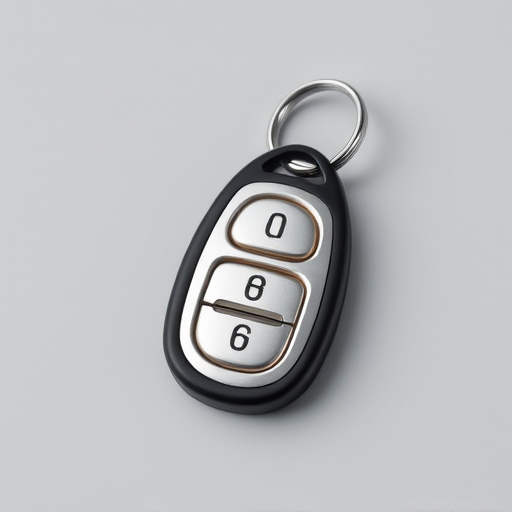This article guides you through replacing your car key fob's battery yourself, emphasizing early recognition of battery failure signs like damage, corrosion, or reduced functionality. Modern vehicles offer diagnostic tools, and compatible batteries are readily available at hardware stores. The process is simple with minimal tools (a small screwdriver, new lithium button cell, and tweezers in some cases). Following a six-step process—identifying your fob type, gathering tools, opening the case, removing & installing the battery, closing it, and testing functionality—ensures successful battery replacement. Regularly checking your fob's performance and replacing batteries as needed prevents unexpected failures. Cost-effective third-party alternatives offer significant savings compared to manufacturer replacements.
Looking to save money on replacing your key fob? You’re not alone. Many vehicles come with expensive original equipment key fobs that drain power quickly, requiring frequent replacements. Luckily, affordable replacement options are readily available. This guide covers everything you need to know about replacing the battery in your key fob, from understanding battery life and choosing the right tools to a step-by-step process and cost comparisons. Learn how to extend your fob’s lifespan and decide if DIY or professional service is best for you.
- Understanding Your Key Fob's Battery Life and Options
- Tools Needed for a Simple Battery Replacement Process
- Step-by-Step Guide to Replacing the Battery in Your Fob
- Common Types of Batteries Used in Key Fobs
- When to Know It's Time for a New Key Fob
- Cost Comparison: Original vs. Affordable Replacement Options
- DIY vs. Professional Service: Which is Right for You?
- Tips for Extending the Lifespan of Your Key Fob Battery
Understanding Your Key Fob's Battery Life and Options
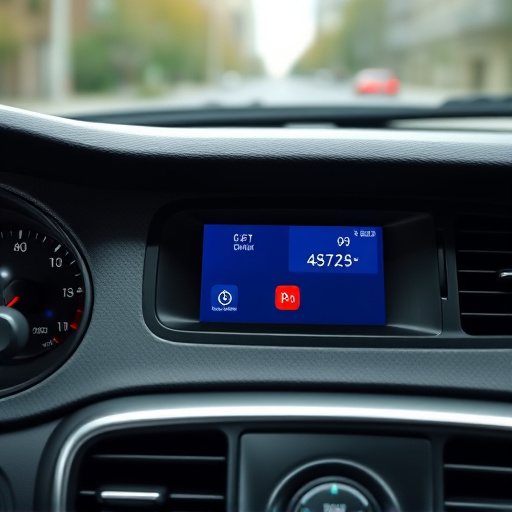
Most key fobs use small, replaceable batteries that can last for years, but eventually, every battery will run out and need to be replaced. Recognizing when your fob’s battery is weak is crucial. Look for signs such as a damaged or corroded battery compartment, difficulty opening or locking doors, or dimmer lights on the fob. These are indicators that it’s time to consider a replacement.
When it comes to replacing the battery in your key fob, having a backup plan is essential. Many modern vehicles offer diagnostic tools that can alert you when a battery change is necessary. Additionally, most hardware stores and auto parts retailers carry compatible batteries for various models of key fobs, making the replacement process straightforward.
Tools Needed for a Simple Battery Replacement Process
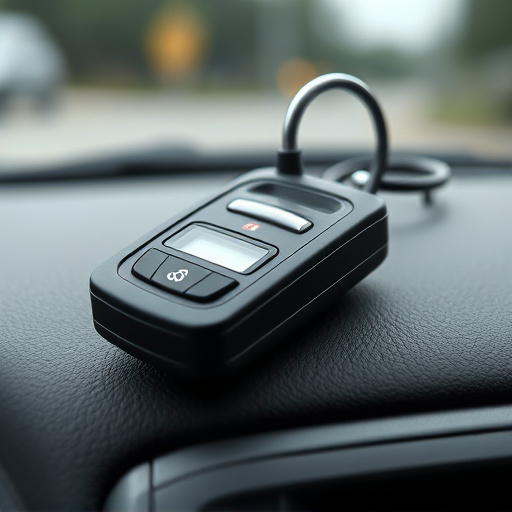
Replacing the battery in your key fob is a straightforward process that can be accomplished with just a few basic tools. All you’ll need is a small screwdriver, typically a Phillips or flathead, depending on your fob’s design. A new replacement battery, usually a tiny coin-sized lithium button cell, and possibly some thin tweezers to handle the small parts carefully are also essential. Some fobs may require additional tools like a small pry tool to open the battery compartment securely without damaging the device.
Once you have your tools ready, accessing the battery is usually as simple as removing any protective covers or panels on the fob. Many modern key fobs have a small, easily accessible battery compartment that can be opened with just a slight twist or slide. With the right tools and a bit of caution, replacing the battery yourself can save you time and money compared to visiting a dealership or service center for this simple task.
Step-by-Step Guide to Replacing the Battery in Your Fob

Replacing the battery in your key fob is a straightforward process that can save you time and money, especially if your fob’s original battery is dying. Here’s a step-by-step guide to help you through this simple task:
1. Identify Your Fob Type: Not all key fobs use the same type of batteries. Some are designed for CR2032 lithium batteries, while others might take CR1620 or similar sizes. Check your owner’s manual or look up the model online to determine the correct battery type.
2. Gather Your Tools: You’ll need a small screwdriver (typically a Phillips head) and a new replacement battery that matches your fob’s specifications. Keep in mind, some fobs might require specific tools for opening, so double-check before you start.
3. Open the Fob Case: Gently insert the tip of your screwdriver into the small gap around the edge of the fob case. It may be stuck due to corrosion or residue, so apply a bit of force if needed. Once inserted, slide the screwdriver around the edge to pop open the case.
4. Remove the Old Battery: After opening the case, you’ll see the old battery. Take it out and note its orientation—some batteries have a correct insertion direction marked on them.
5. Install the New Battery: Insert the new battery into the fob with the correct polarity (positive (+) and negative (-)) aligned as per your earlier identification. Make sure it fits securely in place.
6. Close and Test: Once the new battery is installed, close the fob case back up and try to unlock your vehicle or any other devices attached to the fob to ensure it’s working correctly.
Common Types of Batteries Used in Key Fobs

Most key fobs rely on common types of batteries, making replacement a straightforward process for those looking to fix their broken or dead remote. The two most popular battery types are lithium and alkaline. Lithium batteries, often denoted as CR2032 or 3V, are increasingly favored for their longevity and compact size, which makes them suitable for smaller fobs. Alkaline batteries, typically AA or AAA, are a more traditional choice known for their affordability and ease of availability. When considering a replace battery in key fob scenario, it’s important to identify the battery type by checking its size and marking on the device itself. This simple step ensures you have the right replacement on hand, ready to extend the life of your remote again.
When to Know It's Time for a New Key Fob
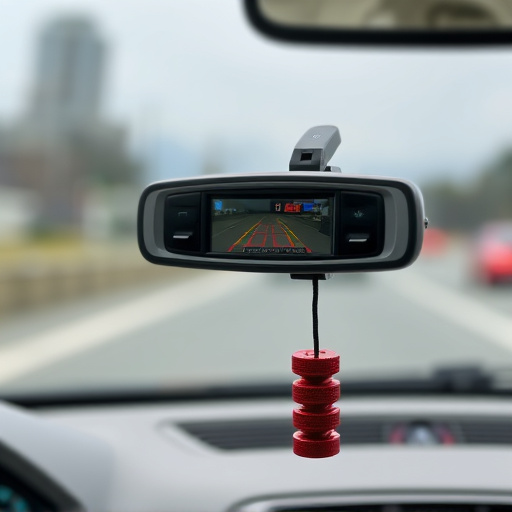
Many people often overlook the subtle signs that indicate their key fob needs replacement. While a functioning fob may still open your vehicle’s doors, it might be wise to consider a new one if you’ve noticed any of these issues. One clear indicator is when your fob no longer responds consistently; you might find yourself having to press the button multiple times or from closer proximity for it to detect and unlock your car. This could be due to a worn-out battery, which is usually the first line of troubleshooting. If changing the battery doesn’t resolve the problem, it’s likely time for a replacement fob, as internal components may have deteriorated over time.
Another scenario is when your key fob starts showing signs of physical damage, such as cracks or corrosion. These issues can interfere with signal transmission, leading to unreliable performance. Moreover, if you’ve lost your fob and suspect it’s been stolen, getting a replacement is essential for security purposes. Regular maintenance involves checking the battery health and replacing it before it fails, ensuring a seamless experience when accessing your vehicle.
Cost Comparison: Original vs. Affordable Replacement Options
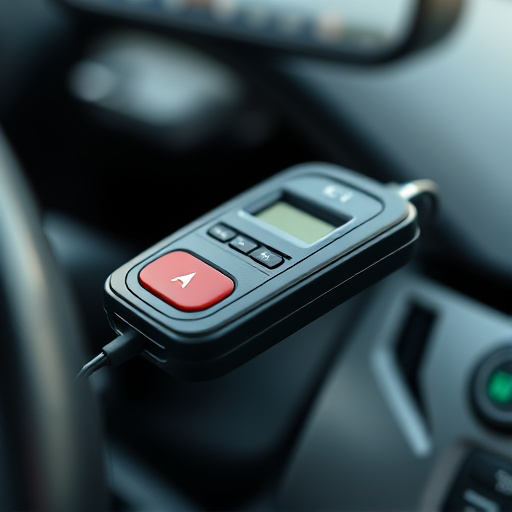
When considering replacing your key fob, one of the first factors to weigh is cost. While the price of an original replacement fob from the manufacturer can be steep, affordable alternatives are available that offer significant savings. Many third-party suppliers provide compatible replacements at a fraction of the cost, making them an attractive option for those looking to save money.
Comparing prices between original and affordable options, you’ll often find that the latter not only matches but sometimes even surpasses the quality of the original. With these budget-friendly alternatives, you can replace the battery in your key fob without breaking the bank. This cost-effectiveness is especially beneficial for those with limited budgets or multiple vehicles requiring new fobs.
DIY vs. Professional Service: Which is Right for You?
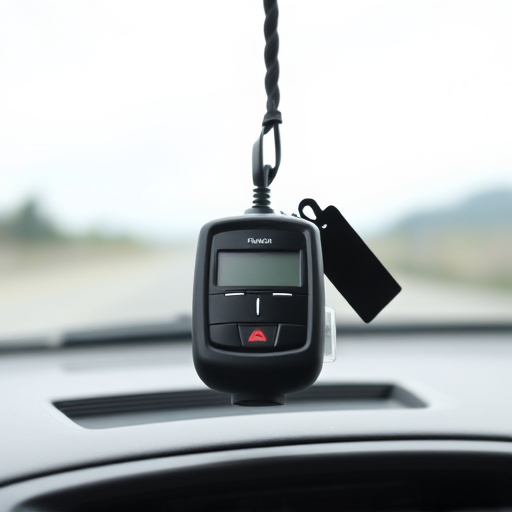
When considering affordable replacement options for your key fob, one of the primary decisions you’ll face is whether to tackle the job yourself (DIY) or seek professional assistance. Replacing a key fob’s battery is a common repair that many people can perform on their own. It’s a straightforward process that often just requires a new battery and some basic tools. DIY solutions are cost-effective and empowering, allowing you to save money and potentially gain a newfound sense of accomplishment. Online tutorials and videos make it easier than ever to follow step-by-step guides tailored to your specific fob model.
However, for more complex or sophisticated key fob models, especially those with advanced security features, seeking professional help might be the better choice. Trained technicians have the specialized tools and expertise needed to diagnose issues accurately and provide solutions that match the vehicle’s security system. While this option may not be as cost-effective as a DIY repair, it guarantees precise and reliable results, ensuring your car’s ignition system remains secure and functional.
Tips for Extending the Lifespan of Your Key Fob Battery
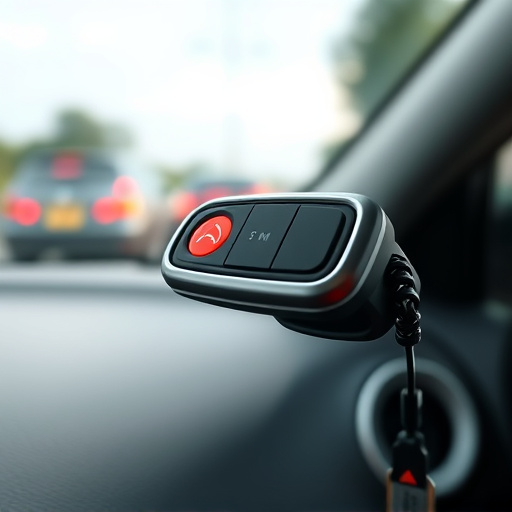
Extending the lifespan of your key fob’s battery is an easy and cost-effective way to avoid premature replacement. One effective tip is to avoid exposing the fob to extreme temperatures, both hot and cold. Extreme conditions can accelerate battery drain. Keep your key fob in a temperature-controlled environment, away from direct sunlight or freezing conditions.
Additionally, try not to leave the fob in an inactive state for extended periods. Even if it’s not being actively used, periodic movement or gentle jiggling can help maintain battery life. If you notice the fob is not responding when pressed, a simple shake or twist can sometimes recharge the internal battery enough to regain functionality. Regularly checking and replacing the battery when necessary is also key to preventing unexpected failures.
Replacing the battery in your key fob is a straightforward process that can save you money and extend the life of your remote. By understanding the types of batteries used, gathering the necessary tools, and following simple step-by-step instructions, you can easily manage this task yourself. With affordable replacement options available, it’s more cost-effective than ever to keep your key fob functioning properly without breaking the bank. Whether you choose to do it yourself or seek professional help, being equipped with knowledge about key fob battery maintenance will ensure a hassle-free experience and potentially avoid unnecessary expenses.
